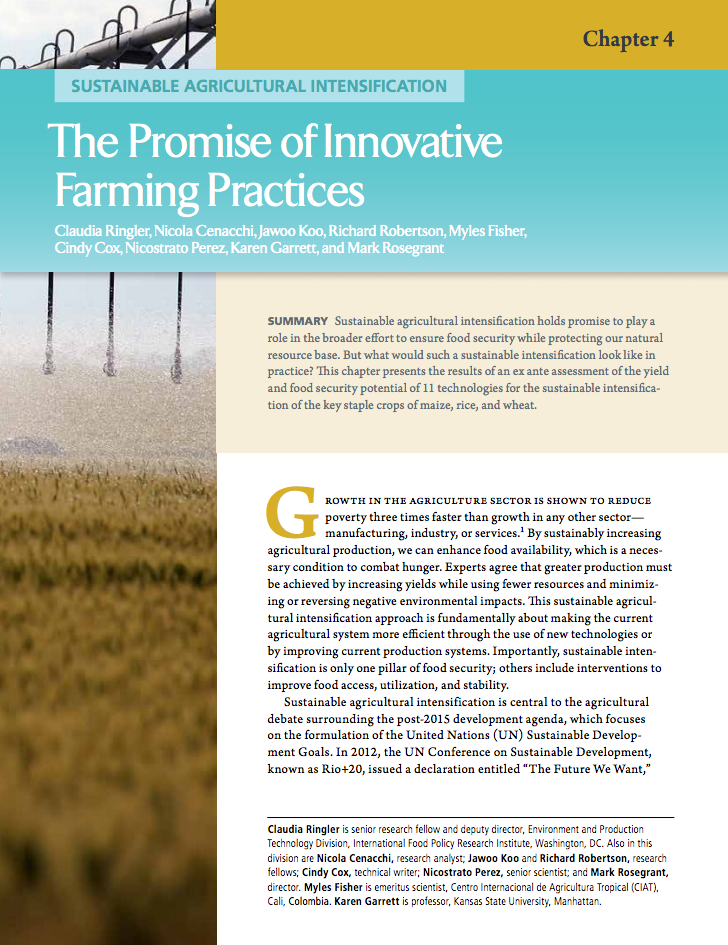Delivering for nutrition in Odisha: Insights from a study on the state of essential nutrition interventions
This report presents findings of a study conducted in three districts of Odisha to examine the state of delivery and use of ten select essential nutrition interventions (ENIs) and the role of intersectoral coordination in their delivery.







